| Here we are, at our first major Fall holiday, Halloween, and the weather continues to be perfect for sowing and transplanting. With mid-80s during the day and mid-to-high-50s at night, seeds will germinate well and baby plants will establish healthy root systems as long as we keep the soil moist. Another benefit of climate change, I guess, having this great weather this late in the calendar year. Remove Struggling Summer Plants However, trying to keep summer-bearing plants carrying on is another matter entirely. It’s not so much the warm days that keep the plants green, but rather the cooler evenings that determine that the plants start shutting down for the cooler weather. Consequently, I give up on the tomatoes and squash and cucumbers that still have clumps of green foliage and even a fruit or two. Instead of attempting to keep them alive in the hopes that the fruits will ripen up, I pull them and prepare the soil for its next crop. When I first started gardening, I was intrigued with the idea that I could trim back the dead foliage, feed and water the plants, and get them to continue fruiting. But then, after all this additional effort and nurturing, with a couple of months’ passage of time, the resulting fruit were at best blandly flavored, certainly no better than what I could purchase at the grocery store (and they weren’t available at farmers’ markets since they were off-season). I determined that I would no longer “waste” my garden space trying to hang on to old plants that were beyond their season, to say nothing of beyond their peak. Instead, I would revitalize the soil and sow or plant veggies that thrived in chilly weather and bore fully-flavored fruits. In other words, grow what grows best when it grows best. Still Harvesting Chard and Lacinato kale, both of which made it through the summer heat, again put out tender leaves, although they’re growing more slowly. Seeds to Sow and Seedlings to Plant Now Sow or transplant fava beans, beets, broccoli, Brussels sprouts, cabbage, chard, coriander (cilantro), garlic, kale, kohlrabi, leeks, lettuce (especially romaine types and small-heading Bibb and buttercrunch types, which thrive with only minimal damage from light frosts), mustards, green and bulb onions, parsley (the flat-leaf type is hardier than the curly one), peas, radishes, shallots and spinaches, especially the curly-leafed savoy types. While these plants won't grow much till early spring, they'll have well established root systems ready for the great growth spurt with the first warmth. Planting Garlic, Shallots, and Bulb Onions Garlic and shallots and bulb onions planted now will develop a strong root system over the winter, and leaf production can begin early in the spring, resulting in a large head next summer. The sooner you plant them now in rich, well-drained soil, the larger they'll be at harvest. Planting in the spring, even with rich soil, they will develop only into medium or small sizes; garlic may not separate into individual cloves. For the largest resulting sizes, plant individual cloves or bulbs four to six inches apart in a raised planting bed that is well-drained and compost-enriched, and keep the soil moist through next June. Transplanting Strawberries Renovate strawberry beds away from where solanum-family plants -- potatoes, tomatoes, eggplants, and peppers -- have grown within the last three years. Incorporate rock fertilizers, compost, and cottonseed meal. Water well. Let all these amendments mature for two to four weeks. Then, transplant strawberries one foot apart so the crown is just above the soil level. Strong roots will develop over the winter, and spring warmth will encourage fast growth and large berries. |
|
0 Comments
|
Categories |
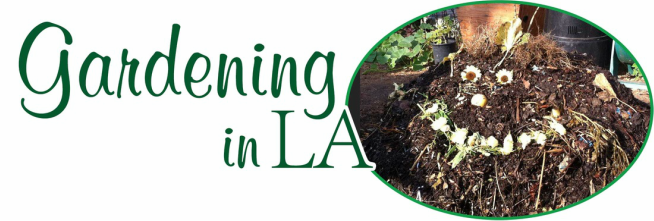

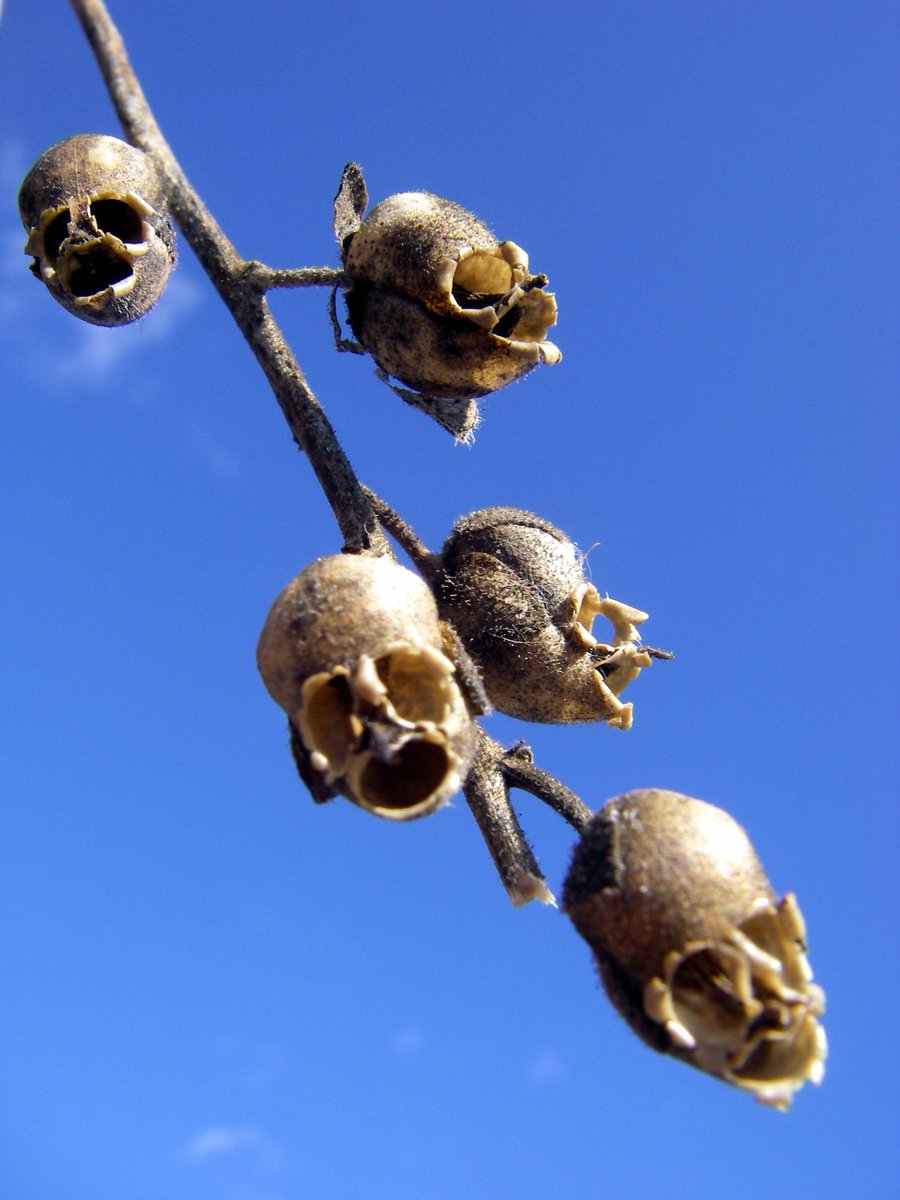
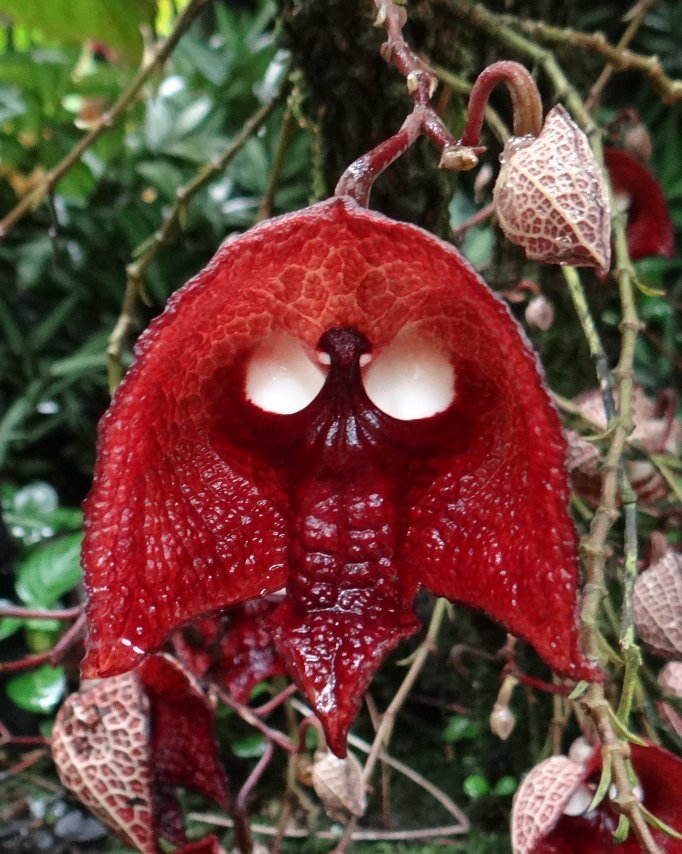
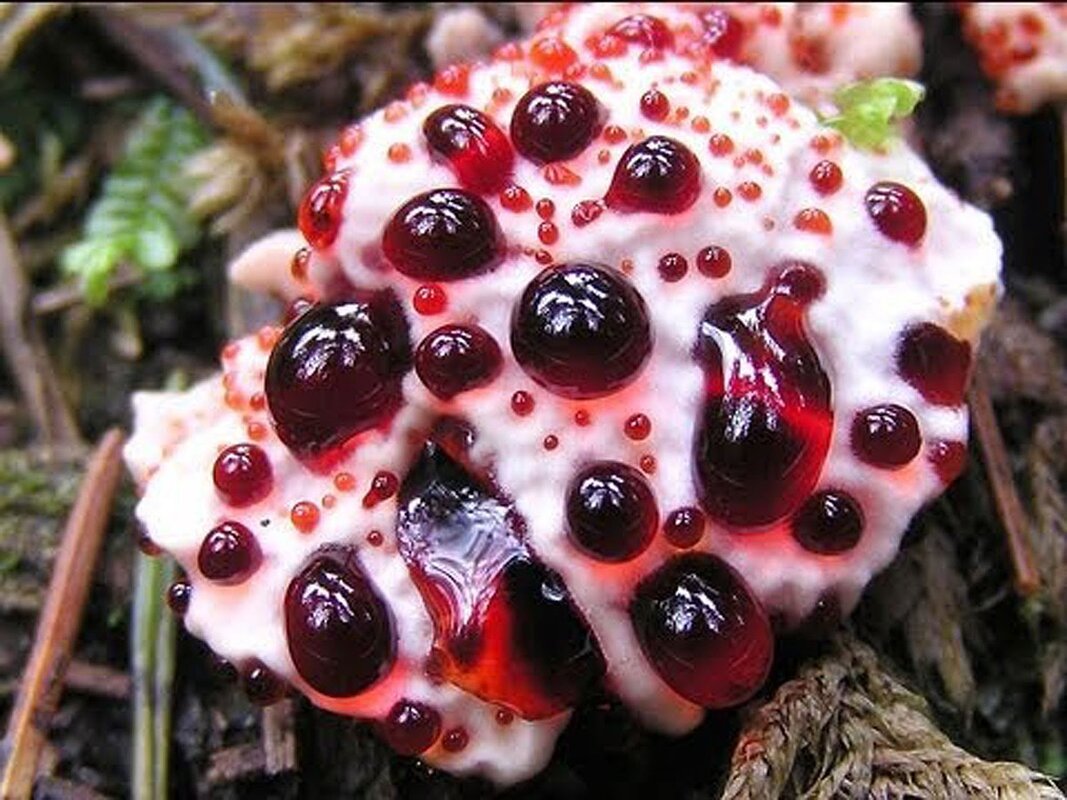
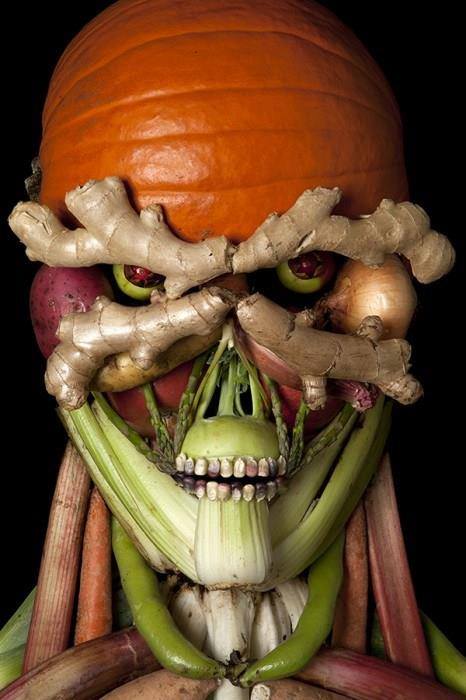
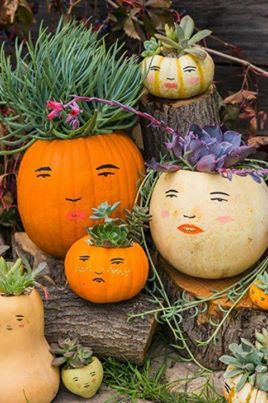
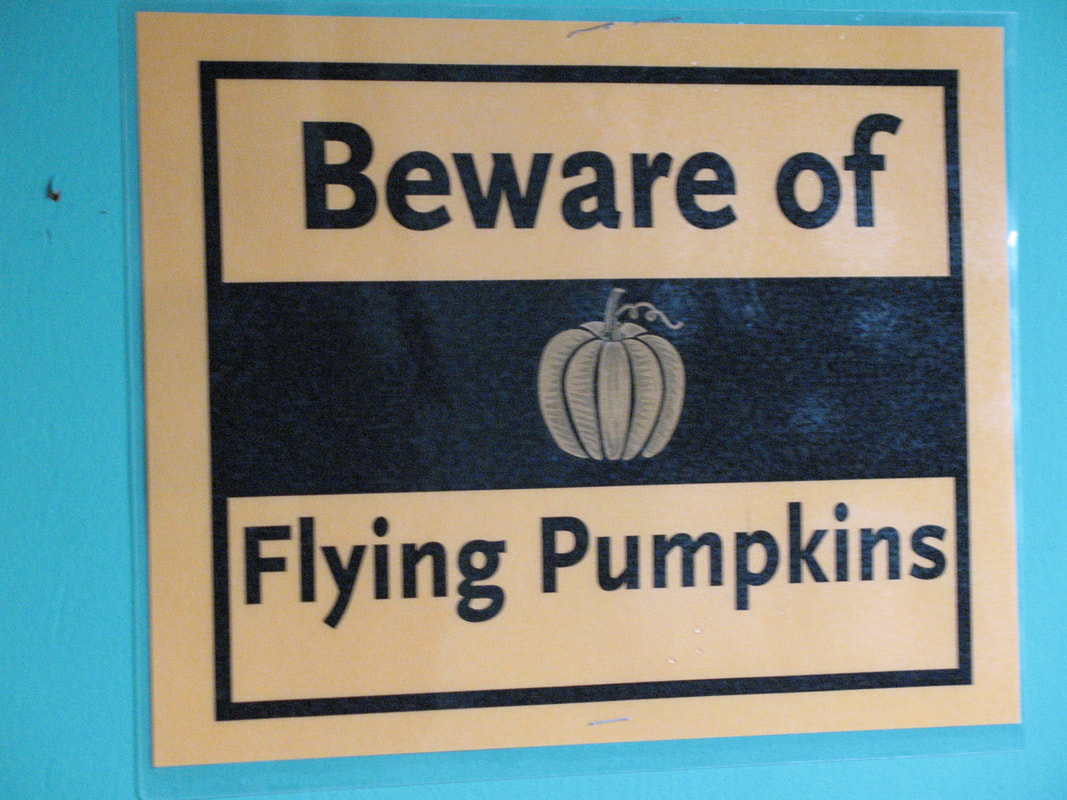
 RSS Feed
RSS Feed